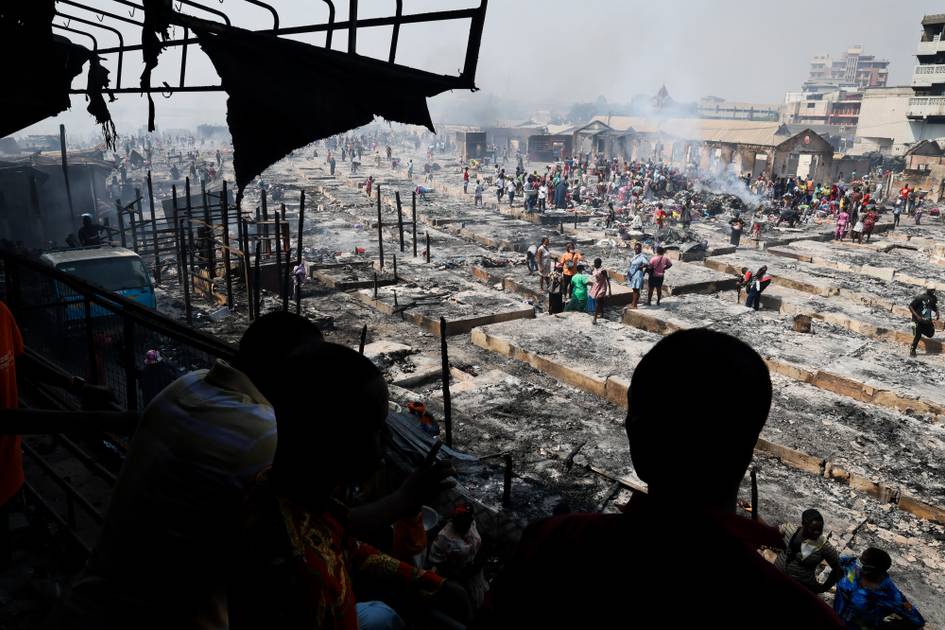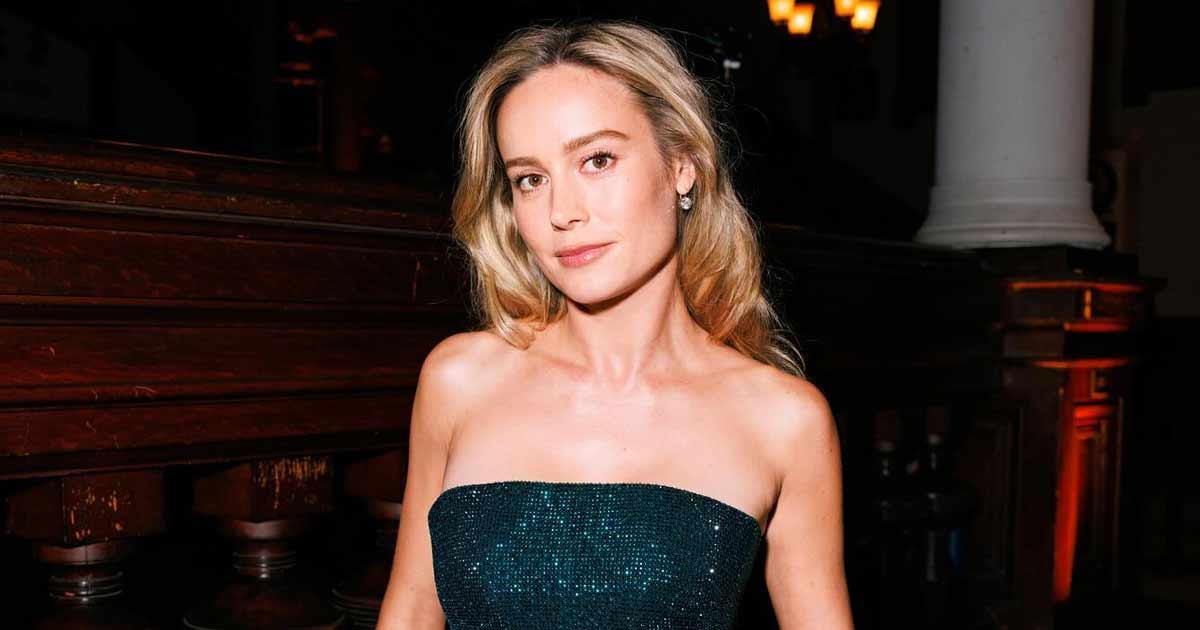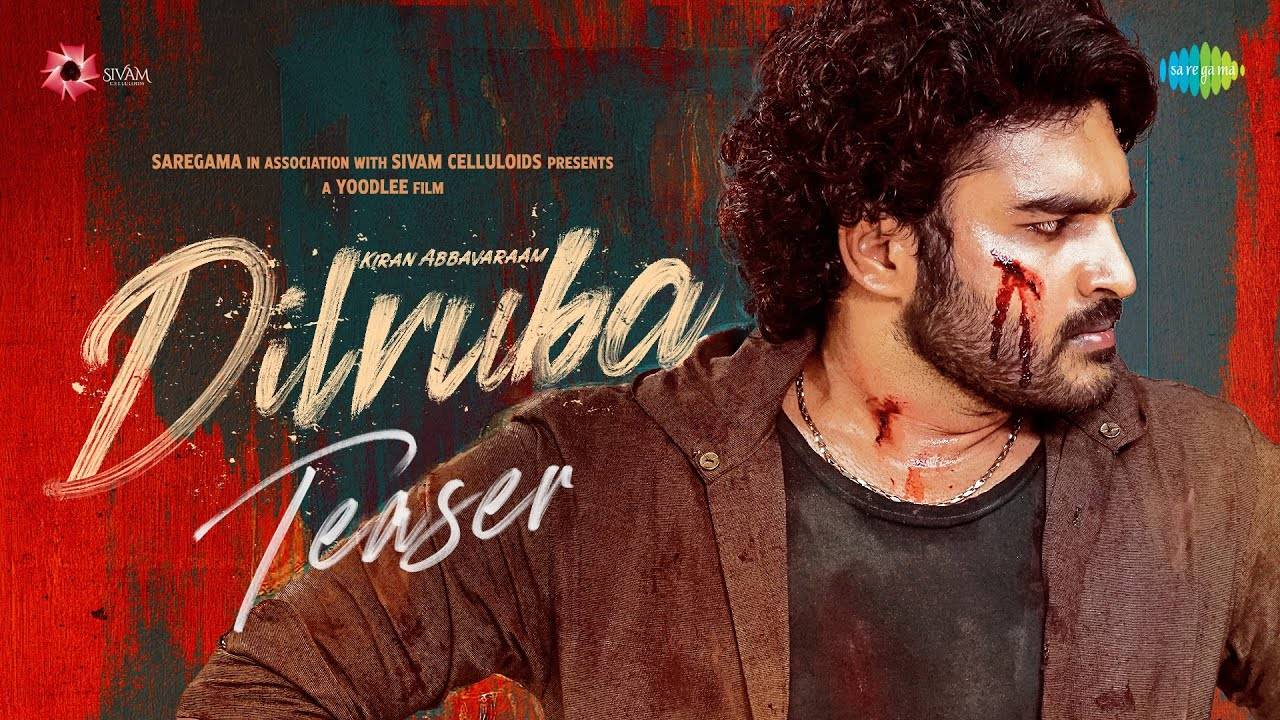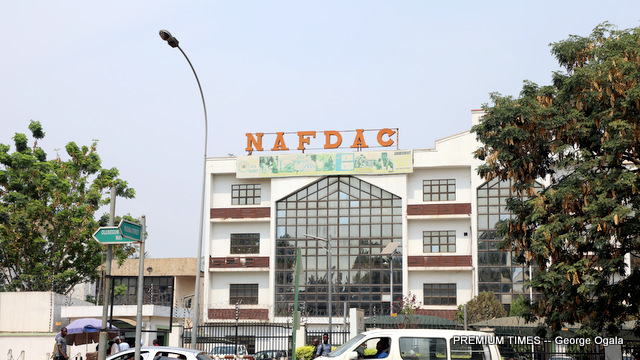The Southwestern Association for American Indian Arts is rolling out its first annual Santa Fe Indigenous Fashion Week.
Scheduled for May 2 to May 5 in Santa Fe, N.M., the event is being produced by SWAIA Indigenous Fashion. It will feature several designers who have previously shown in the annual Indigenous Fashion Show during SWAIA’s annual Santa Fe Indian Market in August, including Himikalas Pamela Baker, Orlando Dugi and Patricia Michaels. This spring’s new format will highlight more designers with an emphasis on emerging ones.
In an interview Friday, Jamie Schulze, executive director of SWAIA, praised the efforts of curator and art historian Amber-Dawn Bear Robe (Siksika Nation), who first staged an hourlong group show 10 years ago as part of the summer market and spoke to WWD in 2023 about creating the week. “She has taken it from a small ancillary event to making it into something that is very popular, and something that people look forward to in the market,” said Schulze.
“I’d love for this to be the global place for people to experience and to work with Native designers and models,” Bear Robe told WWD last year. “In Santa Fe, all the ingredients are here — the artists, designers and talent coming from across Canada and the U.S., and the collectors of Indigenous art. It’s also the place the Native community comes in terms of film and television.”
Santa Fe Indigenous Fashion Week will be more robust with four days of fashion shows and panel discussions, as well as a launch celebration. Based on current ticket sales, 3,000 to 4,000 people are expected. The aim is “to elevate that Native voice in the fashion industry from the perspective of how many designers are moving in those circles and really need to be highlighted,” Schulze said.
Victoria’s Arctic Fashion will be featured in next month’s event.
Photo Courtesy
Mirroring the structure of other fashion weeks in Vancouver and Toronto, the Santa Fe Indigenous Fashion Week will spotlight 18 fashion designers versus a maximum of eight designers during the summer market show. In addition, off-the-runway about 30 other Native artists will be showcasing and selling their work including ones that specialize in accessories. Although there has previously been a Santa Fe Fashion Week, it was not billed as “Indigenous,” according to Schulze.
“This is extremely important because cultural representation is something that we have always struggled with as Native Americans. We do not want to be blanketed overall, but want [to show] our individual cultures, languages and whatnot. For me as the executive director, this is an invitation for people to learn more just as our art market does, as well,” Schulze said. Planned for a shoulder season during the fashion calendar to try to give it more attention, the inaugural event may be dimmed by the fact that it coincides with the Met Gala, which dominates fashion coverage in early May. Having partnered with the city of Santa Fe for next month’s fashion week, there was no other option, due to a conflict in scheduling, Schulze said. “I wasn’t worried but I definitely knew that it would be hard with the Met Gala. Of course, we can’t in any way compete, but this was an opportunity to launch this year as a placeholder,” Schulze said. “Moving into next year, we will be looking at different dates. I know we’re not the first Indigenous fashion show, but this is a very comprehensive look at some of the discussions from the designers’ perspective and the community’s perspective.”

Orlando Dugi will be among the designers.
Photo Courtesy
The relevancy of the annual weekend market, which typically presents 1,000 vendors, generates an estimated $160 million for the state including $100 million for Santa Fe. The juried August market is “so important, because it really is helping to preserve and keep traditional cultures and techniques alive. But it is very stringent,” she said.

A look from Victoria’s Arctic Fashion.
Photo Courtesy
Through the Santa Fe Indigenous Fashion Week, the plan is to take a closer look at the economic input into the city and the impact on local communities and Indigenous designers, Schulze said. Next month’s fashion week will draw attention to more contemporary artists as well. ”As a Native woman, I love fashion. If you ask any woman, they will say that. But to see that incorporated with traditional styles and origin styles has been really empowering,” she said. “I love wearing [clothes] from the different artists that are showcasing [so that people can] really understand that behind this story is more than a piece of clothing. It is about being seen in the world.”
Indigenous designers have been in the spotlight on red carpets this year thanks to Lily Gladstone and other actors in the film “Killers of the Flower Moon” who have used their platform to represent them and wear their work.
At the Oscars, where Gladstone made history as the first Native American to be nominated in the Best Actress category, Gucci designer Sabato De Sarno collaborated with Indigenous designer Joe Big Mountain (Ironhorse Quillwork) on her gown.
Ralph Lauren team members have been attending the Indigenous Fashion Show during the SWAIA’s Santa Fe Indian Market for several years, acknowledging Native Americans as the origin of so much of the label’s inspiration and storytelling. Last year, the brand debuted a collaboration with the Navajo weaver Naiomi Glasses, who recently released her second capsule line for the brand. The seventh-generation Diné textile artist and weaver is Polo Ralph Lauren’s first artist in residence. And many already know Glasses for her skateboarding skills in the desert as seen on TikTok .







